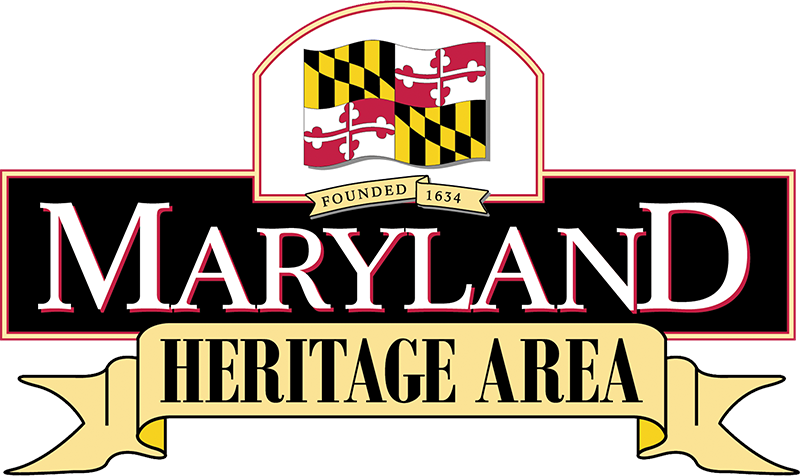Images, Maps, Videos
This project has been generously funded by the National Endowment for the Humanities, the National Park Service, the Maryland Heritage Areas Authority, Heart of the Civil War Heritage Area, Frederick Community College, and others.

